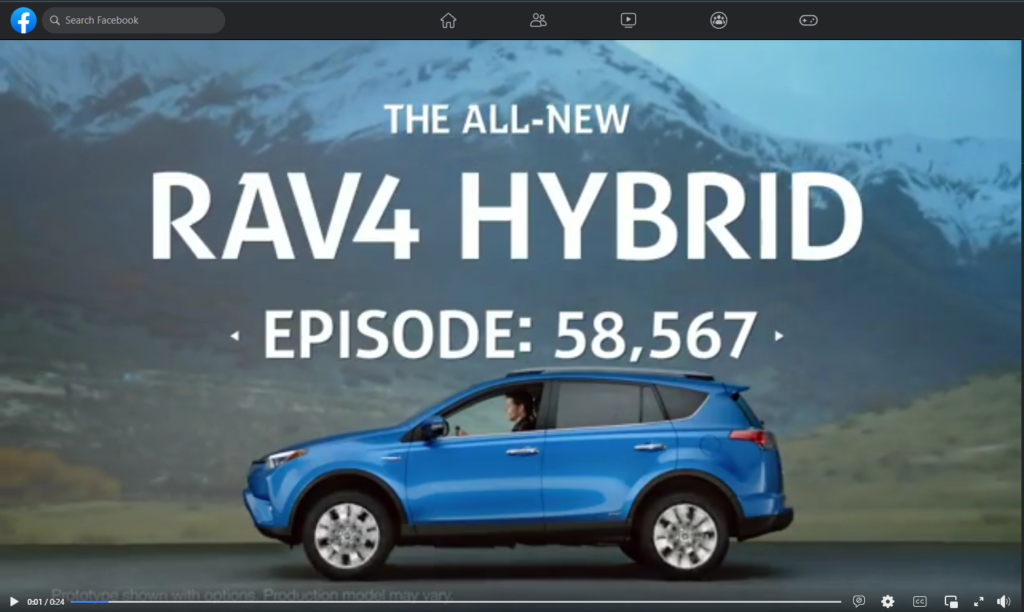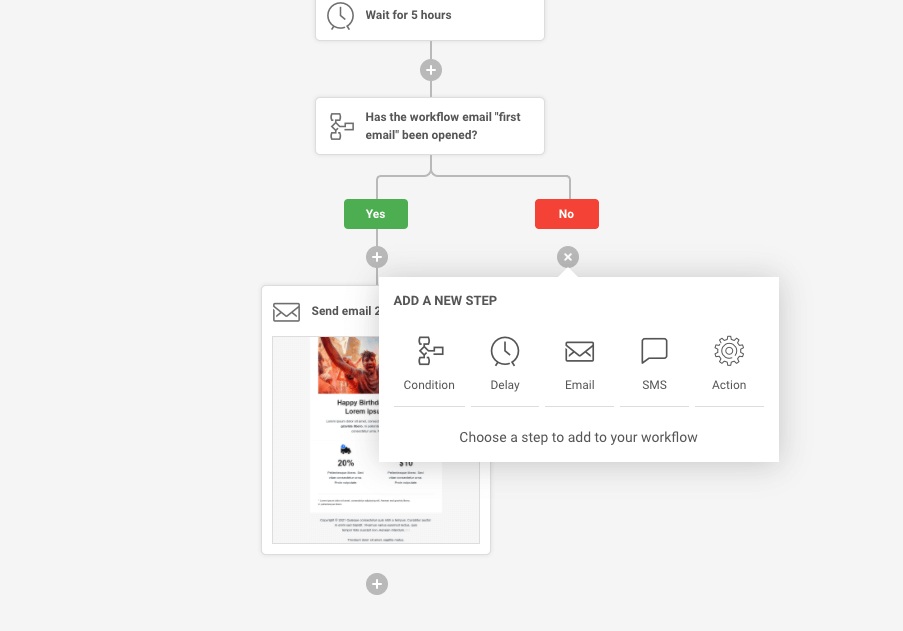Statista predicts that the total number of mobile users worldwide should reach about 5 billion in 2023, which is more than half the world’s population.
It wouldn’t be a stretch to suggest that the world is mobile. And why shouldn’t it be when you can carry a smartphone with you pretty much everywhere?
According to Datareportal, people spend just over 4 hours on average on a mobile daily. Such dependence indicates that mobile marketing is an excellent opportunity for businesses to profit.
The convenience of finishing a transaction with a few taps and waiting for the delivery is one of the main reasons consumers appreciate mobile shopping.
But what about mobile marketing from a business point of view? It is hardly convenient when you have to create and maintain a functioning mobile shopping system.
There are notable pros and cons that affect how motivating and difficult it is to accommodate mobile consumers. Let’s take a look at these.
Advantages of Leveraging Mobile Marketing
In today’s digital world, mobile marketing offers businesses many advantages, from greater reach to more personalized targeting. Find those below.
1. Cost-Effectiveness
Imagine having a five thousand dollar budget for your marketing campaign. You go through available methods and realize how different the prices are for each.
Running ads on TV consistently or renting out a great spot to put prints requires permits and the creation of visuals.
Mobile marketing, meanwhile, is not as resource-heavy as other means. Cost-effectiveness is one of the standout advantages. It also helps that you don’t have to film an ad from scratch or create and print out new material if you want to put it on display outdoors.
2. Location-Based Targeting
Do you sell sports goods and want to target a demographic that is potentially interested in your products? Well, the location-based target is the feature for that.
A virtual perimeter, known as a geofence, is a dynamic feature that functions in a specific area. Taking our sports goods example, a geofence could be created in a sports bar, a football stadium, or a hockey rink.
People who enter the area and look at their smartphones while browsing will get ads targeted at their interests (sports) rather than some random stuff they’d see in a feed while surfing the web at home.
A more focused and personal message will raise interest and increase the odds of a successful conversion.
Also read: What is Targeted Marketing? Definition, Strategies & Examples
3. Messages are Instant
Receiving notifications on a computer takes a while and is easier to miss.
On the other hand, if you’re on a smartphone and see a popup with breaking news or a text message about how there’s a limited sale happening, you have this Pavlovian response to check your phone right away, particularly if a notification offers something interesting/valuable.
It’s important to offer consumers the option to react to the promotions right away. Strike the iron while it’s hot, as they say.
For instance, if you send a text message and announce a sale, provide a URL to a landing page with the said deal.
4. Mobile Personalization
Accenture published a study revealing that 91% of consumers are more likely to shop with brands that provide relevant offers. It also emphasizes that more than 7 out of 10 shoppers are annoyed when they receive irrelevant offers.
By gathering user data, brands can use customer segmentation and create multiple buyer personas to expand their personalization campaigns.
Consider Toyota USA, who put effort into creating 100 thousand different adverts for Facebook users because they wanted to cater to as many potential customers as they could. The company also understood that the majority of Facebook users are on mobile and ensured that the campaign delivery was focused on mobile.

5. Integration with Social Media Marketing
Similar to how many people use smartphones, the same can be said about social media. The most popular platforms, like Facebook and Instagram, have billions of active users.
Most people check social media on their phones because it’s convenient and quick. And the time spent on social media platforms also opens opportunities to target the right people.
Be it new offers, additional campaigns to enhance current offers, or anything else that can be used with the help of social media, it makes sense to integrate SM (social media) with mobile marketing.
6. Shareability of Content
Going viral requires help from others. Even if you create an excellent campaign, it’ll mean nothing if people are not engaging.
The goal is to snowball and reach as many potential leads as possible. And what better way to do so than by having as many people engage with a social media post?
Remember the ALS ice bucket challenge and how much attention it gathered? The popularity was so big that even A-tier celebrities and various athletes participated.

Naturally, when your case isn’t to gather money for charity as this challenge did, you’ll have to look for other ways to incentivize engagement.
Offering a small discount coupon or a branded merchandise piece for everyone who shares the post is one example. Another could be a free software trial.
Ultimately, it’s about as much exposure as possible, and if it means providing more benefits to users, then so be it.
7. Staying Ahead of the Competition
Even though mobile browsing is so popular, many websites are still not mobile-friendly. Of course, as time passes, the percentage of unfriendly sites shrinks.
Mobile-friendly themes for sites become more accessible, and content management systems have built-in features to make sites mobile-friendly with a few clicks.
Nevertheless, while those who fail to keep up with the times don’t bother upgrading, you stand a chance to gain an edge by accommodating mobile shoppers and getting ahead of the competition.
8. Multiple Marketing Channels are Available
Generally, you’d think that mobile marketing is a monolith in terms of channel reach. However, the reality is a bit different. The whole thing should be treated as an omnichannel presence.
The best and most effective marketing duo is email and SMS automation. Such workflows are super easy to set up, and the cost is very low while rapidly increasing your engagement and revenue.
Here’s an example of how you can create an email and SMS automation workflow within Sender’s tool:

The traffic comes not just directly from an internet browser on a mobile.
There are even QR codes in outdoor locations or on TV screens people can scan to enter giveaways or receive exclusive/time-limited deals. Here’s an example of a restaurant using one to scan a menu.

Also read: What is Omnichannel Marketing? Definition, Tips & Examples
Disadvantages of Using Mobile Marketing
With amazing advantages, however, also come disadvantages. See the disadvantages of using mobile as a marketing channel below (not that bad, compared to the advantages!)
1. Lack of Consumer Attention
Smartphones are fast-paced when it comes to consuming content. Users scroll through their social media feeds or news sites, reading headlines and dismissing promotional content.
Brands might struggle to get their message across if the user wants to skim and get to the bottom of the page and continue on to the next one.
2. Technology Dependence
It’s another obstacle. Digital marketing wouldn’t exist if people didn’t have the technology.
Nevertheless, there are demographics you won’t be able to target, especially if you specialize in products for older folks who prefer radio and television to smartphones and the internet.
3. Ad Block Control
It’s become prominent among desktop users, but mobiles are keeping up. Many people are fed up with ads, and they look for solutions to eliminate them. Some are fine with paying a subscription fee to get a premium account if it means not seeing an ad.
Ad blockers are a hindrance, and there’s no real way to overcome them unless brands change the nature of the ads and use them as the actual content on a landing page rather than popups.
4. Landing Page Optimization
Despite a plethora of mobile-friendly website themes, there’s still no guarantee that they’ll work perfectly on all devices.
Some users have old smartphones and tablets. Others don’t bother downloading and installing updates or managing the storage, which affects the device’s performance.
For those with new smartphones or tablets and paying attention to optimization, ad display on landing pages shouldn’t be a problem. However, not all are mindful of this fact, so brands stand to lose on some of their targeted demographic.
5. Navigation Issues
Some people like to browse horizontally, whereas others prefer vertical positioning of the device. Screen sizes change, which affects how an ad is displayed.
It can be tricky to build ads that display properly for both horizontal and vertical positions, especially when there’re so many different devices in the market.
Moreover, it’s not just the ad display itself. A call-to-action (CTA) and a button might not be clickable, which prevents consumers from checking a brand’s offer.
6. User Costs
For someone starting with mobile marketing, the learning curve might be quite steep. Figuring out the ins and outs requires trial and error, and that can lead to larger expenses.
We discussed how mobile marketing is cost-effective, but that applies when you know what you’re doing. As such, don’t be surprised to see the “money spent” tab be higher than you first anticipated.
7. No Room for Errors
First impressions matter, and that applies to mobile marketing as well. You have a very small window to leave a positive impression with your offer for someone on mobile.
The message should be relevant and target the right demographic. Otherwise, it’ll add further to the costs associated with the mobile marketing campaign.
8. Too Invasive
Generally, most people want to scroll through the page without getting bombarded with ads. Not everyone has the patience to click extra buttons to close an app or continue when there’s a popup with a very small “X” button on the corner.
People who get annoyed will perceive your brand negatively, and they might share such sentiment with others.
There’re certain lines mobile marketers ought to avoid crossing with their ads.
Excel in Mobile Advertising
Excelling in mobile advertising is a priority more and more brands are beginning to realize. As we move forward, it becomes clear that mobile devices will play an even bigger role in our daily lives.
As such, for any business that wishes to reap the benefits, building a solid mobile marketing strategy is necessary, even if it has some cons.
- Mobile marketing is an attractive proposition because so many consumers spend hours on their smartphones or tablets surfing the web;
- Social media should be one of the cornerstones when building a mobile marketing campaign;
- Attention-grabbing visuals and attractive calls to action play prominent roles as well;
- Regular ad tests on different devices and an introduction of the necessary adjustments contribute to your marketing goals.
